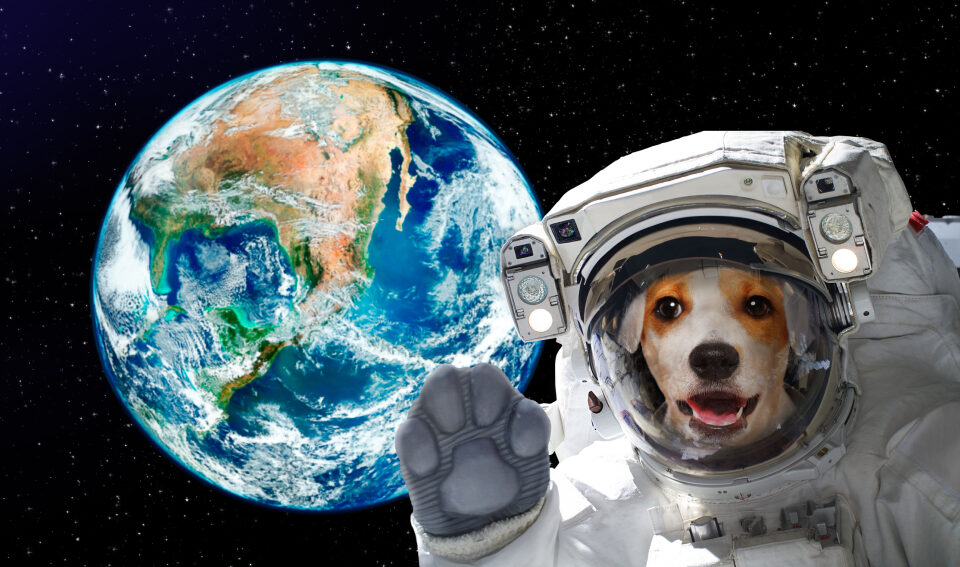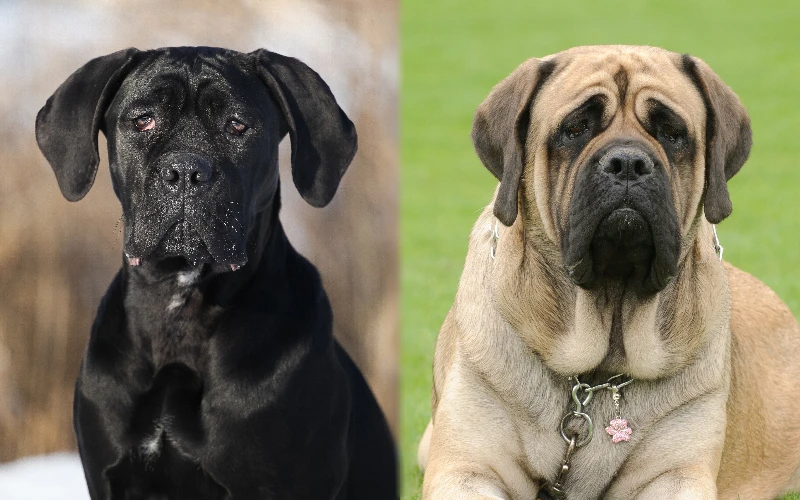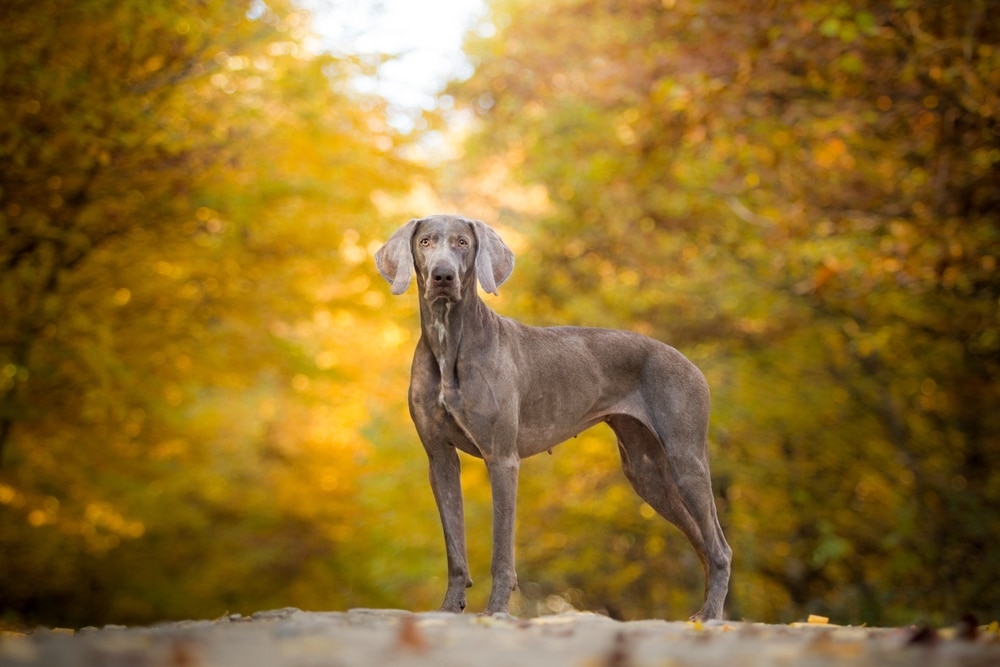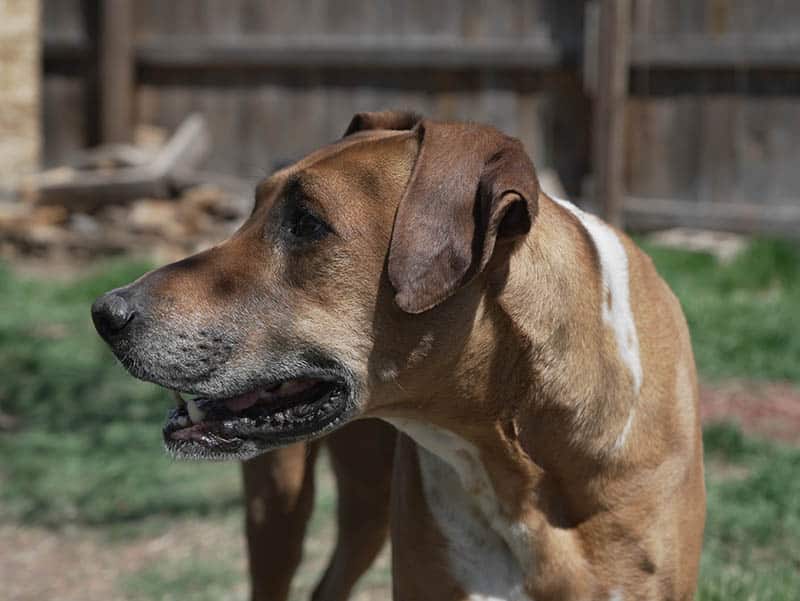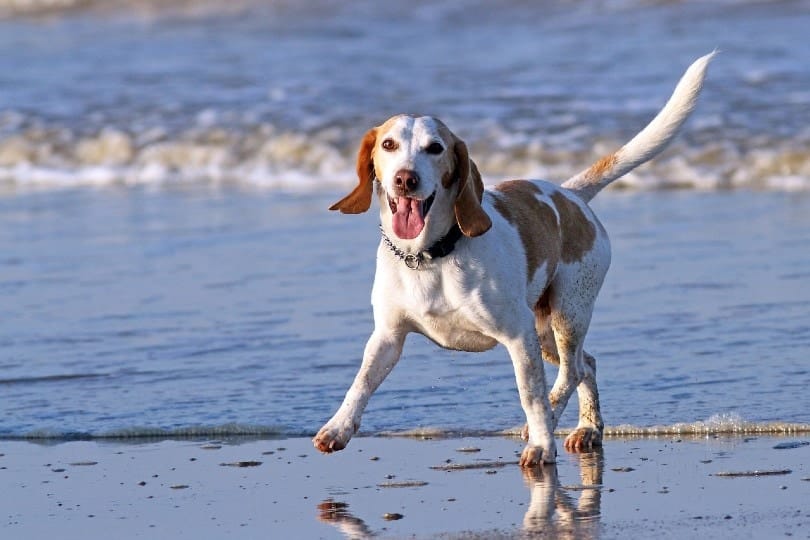Buckle up, because the tale of the Soviet Space Dogs is a mix of courage, innovation, and ethical dilemmas. These canine cosmonauts weren’t just any dogs; they were the pioneers of space travel. Before humans dared to breach the final frontier, these dogs paved the way, however, it’s not all wagging tails and space suits.
In the early 1950s, as the Space Race heated up, Soviet scientists turned to stray dogs to lead their space missions. Why strays? These canines were already toughened by harsh conditions on Earth and were believed to cope well with the inactivity of space travel. Intensive training regimes prepared them for their missions, teaching them to stand for long periods and become accustomed to the confines of a tiny module. They were even trained in simulators and centrifuges to get a real feel for what a rocket launch entails.
The dawn of Soviet space exploration featured the historic flight of two dogs, Dezik and Tsygan, who went suborbital on August 15, 1951. Reaching an altitude of 110 kilometers, they darted into the sky and safely returned, instilling hope for future missions. Over 20 more furry astronauts followed in their pawprints, with mixed survival rates.
Of all the Soviet space dogs, Laika’s story stands out the most. In 1957, she became the first living creature from Earth to orbit the planet. Laika, a stray plucked from Moscow streets, captured hearts around the world. Nicknamed “Muttnik” by U.S. media, her journey on Sputnik 2 was celebrated despite the grim reality that awaited her. Initial reports claimed she endured four days in space before dying from overheating. However, it’s now known she survived only a few hours after launch due to stress and heat. The Sputnik 2, her temporary home, orbited Earth over 2,500 times before breaking up on re-entry.
As the ’60s and ’70s rolled on, the Soviets continued their dogged exploration of space. Dogs like Belka and Strelka proved the voyage could be survived, returning from orbit safely, along with a host of other Earthly creatures like mice and rabbits.
But not all barked for joy. Amidst all the hoopla, the ethical treatment of these space dogs became a hot topic. With strong propaganda efforts, the Soviets managed to cloak the harsher realities of the missions. Activists eventually lifted the veil, revealing the extensive use of dogs without plans for their return. Laika’s journey, in particular, became a poignant symbol of scientific ambition at the expense of animal welfare.
Therefore, reflecting upon these canine astronauts, it’s clear that while they contributed immensely to our reach for the stars, their sacrifice posed significant questions. Were the scientific advancements truly worth the price paid by these innocent animals?
Ultimately, the legacy of the Soviet Space Dogs is a cocktail of triumph and tragedy. As their story unfolds, it’s a reminder of what was achieved and what was lost. In celebrating their contributions, it’s equally important to honor the profound cost at which these advancements came.
